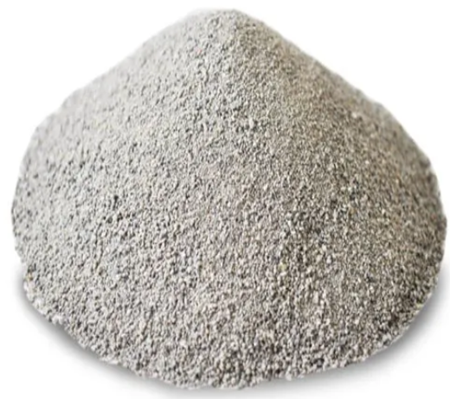Description
Montmorillonite is a natural inorganic material of clay category, which is actually layered alumino silicate. It has more specific surface area with higher cation exchange capability.

Uses
Montmorillonite is used in the oil drilling industry as a component of drilling mud, making the mud slurry viscous, which helps to keep the drill bit cool, and to remove drilled solids. It is also used as a soil additive to hold soil water in drought-prone soils, used in the construction of earthen dams and levees, and to prevent the leakage of fluids. It is also used as a component of foundry sand and as a desiccant to remove moisture from air and gases.
Safety
Poison by intravenous route causing blood clotting. Questionable carcinogen with experimental tumorigenic data.
First aid
Inhalatio Move person to fresh air. Seek medical attention if necessary. Skin: Wash with water. Eyes:Wash with water as needed. Seek medical attention if necesvsary.
Source
Montmorillonite was first described in 1847 for an occurrence in Montmorillon in the department of Vienne, France, more than 50 years before the discovery of bentonite in the US. It is found in many locations worldwide and known by other names. Recently, a new source of Montmorillonite has been explored in Sulaiman Mountains of Pakistan.
Structure and conformation
Montmorillonite is a phyllosilicate mineral with nanolayered structure. Its layered structure (ca. 1 nm in thickness) consists of stacked layers, and each layer is composed of two Osingle bondSisingle bondO tetrahedral sheets sandwiching one Osingle bondAl(Mg)single bondO octahedral sheet (ca. 100 nm × 100 nm, in width and length). Due to the isomorphous substitution, the layer is positively charged and then cations are existed in the interlayered space of Mt.




